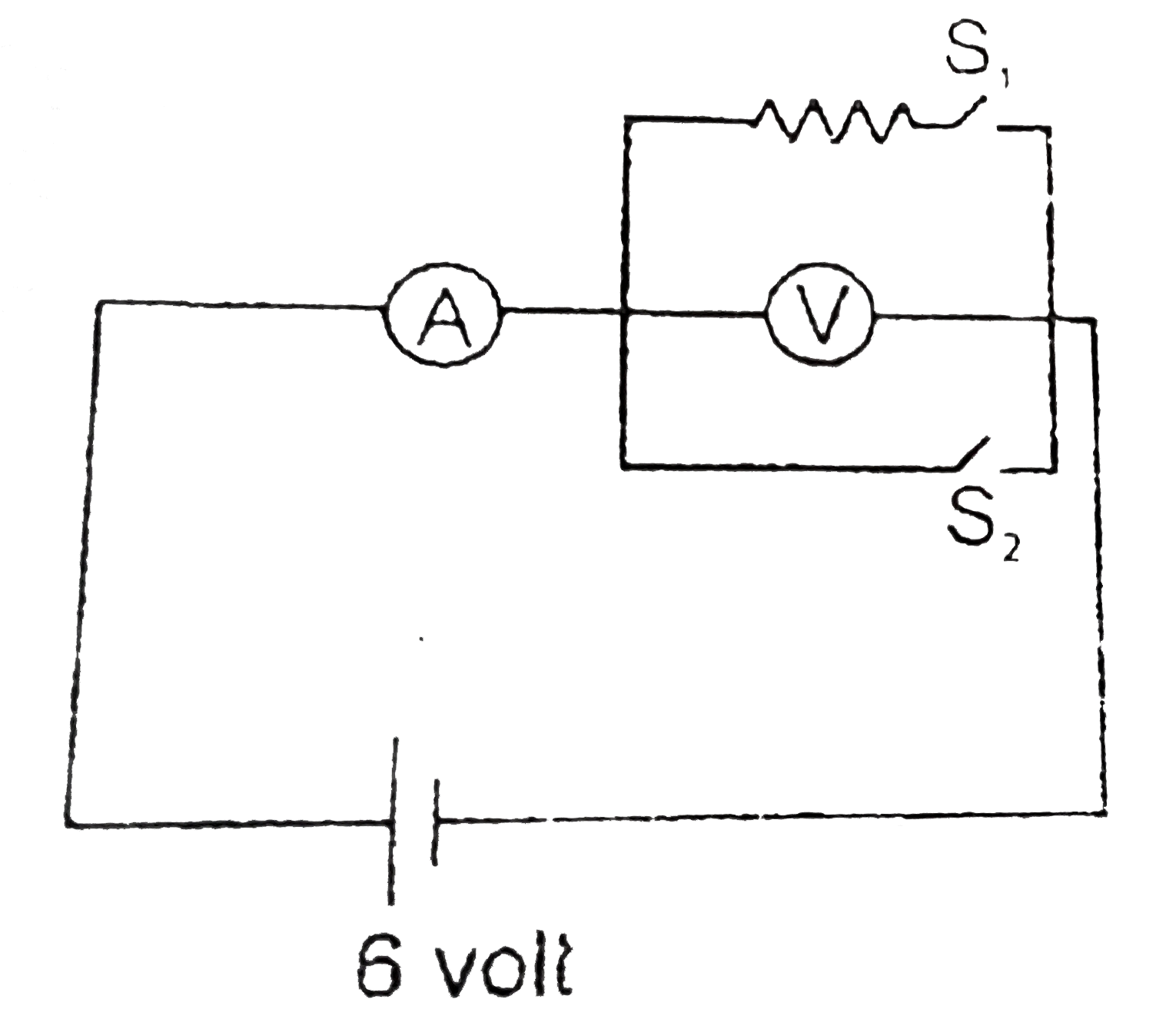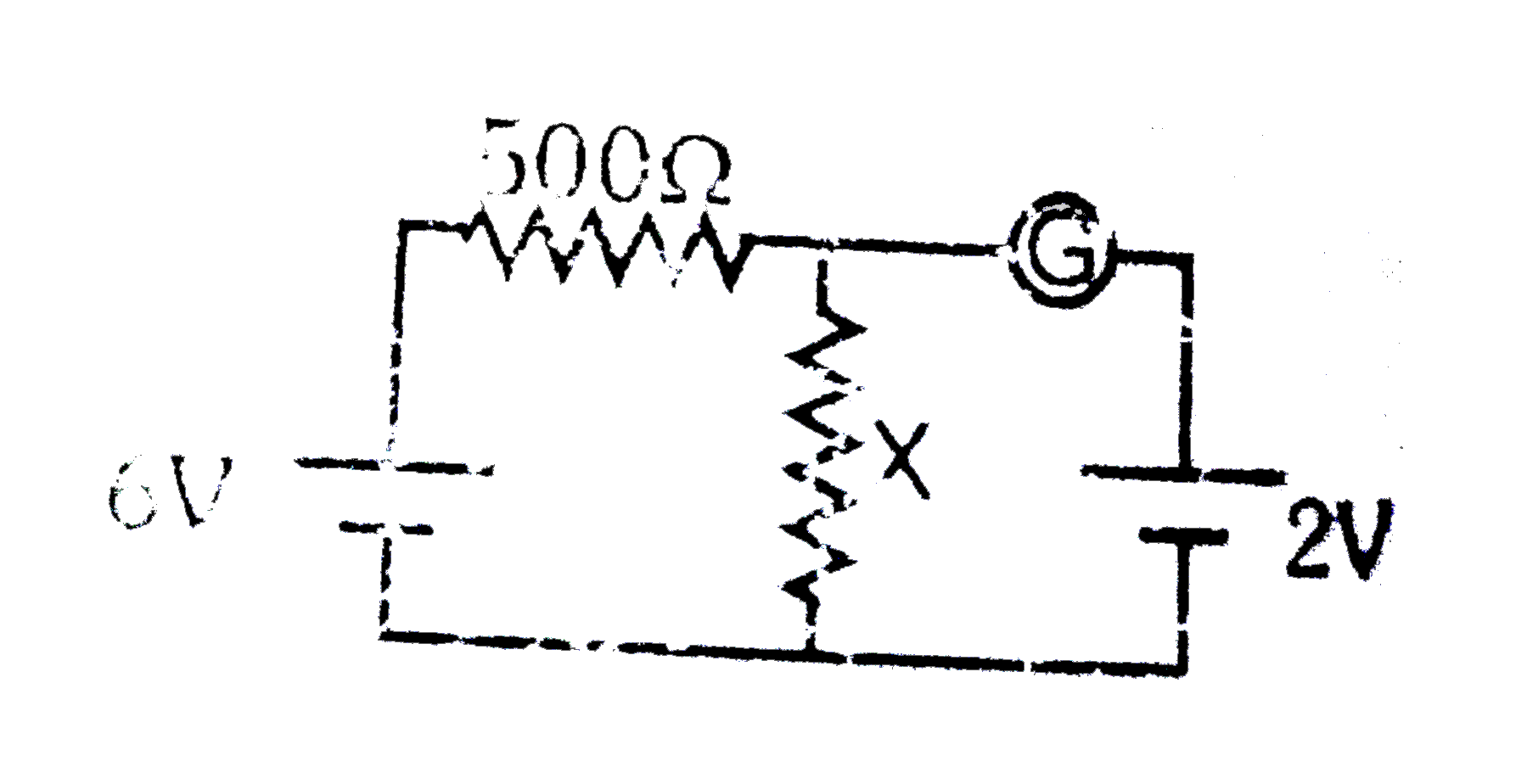The resistance of mercury becomes almost zero at:
4 K
10 K
20 K
25 K
The correct Answer is:A
To determine the temperature at which the resistance of mercury becomes almost zero, we can follow these steps:
Step 1: Understand the Concept of Superconductivity
Superconductivity is a phenomenon where a material exhibits zero electrical resistance when cooled below a certain critical temperature. This critical temperature varies for different materials.
Hint: Remember that superconductivity is characterized by the absence of electrical resistance.
Step 2: Identify the Critical Temperature for Mercury
Mercury is known to become a superconductor at a specific low temperature. Historical experiments have shown that the critical temperature for mercury is approximately 4.12 Kelvin.
Hint: Look for the specific temperature range where superconductivity occurs in metals, especially mercury.
Step 3: Analyze the Given Options
The options provided are:
1. 4 Kelvin
2. 10 Kelvin
3. 20 Kelvin
4. 25 Kelvin
From our knowledge of mercury's superconductivity, we can see that the closest option to the critical temperature of mercury (4.12 K) is 4 Kelvin.
Hint: Compare the critical temperature of mercury to the options given to find the closest match.
Step 4: Conclusion
Based on the information gathered, the resistance of mercury becomes almost zero at approximately 4 Kelvin.
Final Answer: The resistance of mercury becomes almost zero at 4 Kelvin.
Superconductivity is a phenomenon where a material exhibits zero electrical resistance when cooled below a certain critical temperature. This critical temperature varies for different materials.
Mercury is known to become a superconductor at a specific low temperature. Historical experiments have shown that the critical temperature for mercury is approximately 4.12 Kelvin.
The options provided are:
1. 4 Kelvin
2. 10 Kelvin
3. 20 Kelvin
4. 25 Kelvin
Based on the information gathered, the resistance of mercury becomes almost zero at approximately 4 Kelvin.
Topper's Solved these Questions
- THE SOLID STATEBOOK - VMC MODULES ENGLISHCHAPTER - THE SOLID STATEEXERCISE - ENABLE
50 Videos
- THE SOLID STATEBOOK - VMC MODULES ENGLISHCHAPTER - THE SOLID STATEEXERCISE - EFFICIENT
50 Videos
- THE SOLID STATEBOOK - VMC MODULES ENGLISHCHAPTER - THE SOLID STATEEXERCISE - JEE Advance ( Archive )
27 Videos
- SURFACE CHEMISTRYBOOK - VMC MODULES ENGLISHCHAPTER - SURFACE CHEMISTRYEXERCISE - PRACTICE EXERCISE
9 Videos
- THEORY OF SOLUTIONSBOOK - VMC MODULES ENGLISHCHAPTER - THEORY OF SOLUTIONSEXERCISE - JEE Advanced (Archive)
31 Videos
Similar Questions
The resistance of Nb3Ge becomes almost zero at:
View SolutionStatement A : The resistance of ideal ammeter is zero
Statement B : The resistance of ideal voltmeter is infinity
Choose the correct option among the following.
View SolutionStatement-1 : Entropy of all elements is zero at zero Kelvin.
Statement-2 : Standard entropy of all elements is greater than zero.
Statement-3 : Entropy of all elements and compounds decreases with decrease of temperature and becomes zero at absolute zero temperature.
View SolutionA Wheatstone network consists of four resistances (in cyclic order) 10Ω,5Ω,6Ω,6Ω . The resistance that must be connected across the 10Ωresistance so that the network becomes balanced is (in Ohm):
View SolutionA barometer correctly reads the atmospheric pressure as 76cm of mercury. Water droplets are slowly introduced into the barometer tube by a dropper. The height of the mercury column first decreases and then become constant. If the saturation vapour pressure at the atmospheric temperature is 0.80cm of mercury, find the height if the mercury column when it reaches its minimum value.
View SolutionThe substance which possesses zero resistance at zero K temperature is called a:
View SolutionAn ammeter and a voltmeter are initially connected in series to a battery of zero internal resistance. When switch S1 is closed the reading of the voltmeter becomes half of the initial, whereas the reading of the ammeter becomes double. If now switch S2 is also closed, then reading of ammeter becomes :

View SolutionThe reading of a galvanometer connected in the circuit is zero. If the internal resistance of a battery is zero then find the value of X.

View SolutionIn a constant volume gas thermometer, the pressure of the working gas is measured by the difference in the levels of mercury in the two arms of a U-tube connected to the gas at one end. When the bulb is placed at the room temperature 27.00C, the mercury column in the arm open to atmosphere stands 5.00cm above the level of mercury in the other arm. When the bulb is placed in a hot liquid, the difference of mercury levels becomes 45.0cm. Calculate the temperature of the liquid. (Atmospheric pressure =75.0cm of mercury).
View SolutionTwo batteries (connected in series) of same emf 10 V of internal resistances 20ohm and 5ohm are connected to a load resistance of 30ohm. Now an unknown resistance x is connected in parallel to the load resistance. Find value of x so that potential drop of battery having internal resistance 20ohm becomes zero.
View Solution